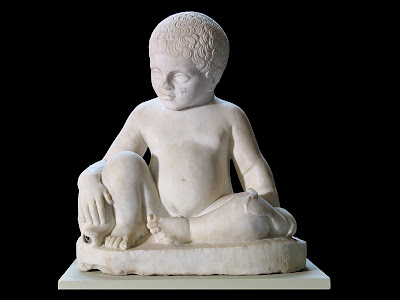Refaire
le chemin
February 18 - May 29, 2016
The
McCord Museum of Montreal, a public
research and teaching museum dedicated to the preservation, study, diffusion,
and appreciation of Canadian History,
is presenting a new exhibition by Nadia Myre, an artist from the museum's Artist-in-Residence Program.
Nadia
Myre is an Algonquin multidisciplinary artist. For this exhibition she draws her inspiration from Victorian (1837-1901) women’s
periodicals, journals and publications to create her work. The periodicals came
out once per month, and at the end of each year were bound together and
published as a book. Those books consisted of a number of household advices for the comfortable, well-to-do class of women. There were musical scores for songs and compositions to entertain guests at a piano, and also instructions how-to do crafts, which included beadwork and making native-like objects.
Myre's project consisted of creating four items mentioned in the Victorian era journals that McCord Museum has in its permanent collection. One such item was a basket, featured in an image of a page just above on the right. The items from the magazines were selected by the museum's staff. Myre had no idea what they selected. The instructions how to make the items were recorded by the museum's staff, skipping and omitting all the words that named or identified the objects. All Myre had to work with were these oral, truncated instructions. Her task was to reconstruct and create the items without knowing what they were. The exhibition presents side by side the artist's final creations as well as the similar period items made by the native craftsmen which are in the McCord Museum's permanent collection.
Myre's idea was to recreate the native craftsmanship through the colonial appropriation of the instructions how to make the objects. By means of this conceptual installation, the artists reconnected to her native roots. She worked backwards, in a blind-like manner, without knowing exactly what she was making.
You will see some other interesting items and documents on display like, for instance, period photos that attest to the Victorian people's interest in native artefacts.
Click on images to enlarge them.
Hover your mouse over images for description and credits.
For more information, visit the McCord Museum website.




















































